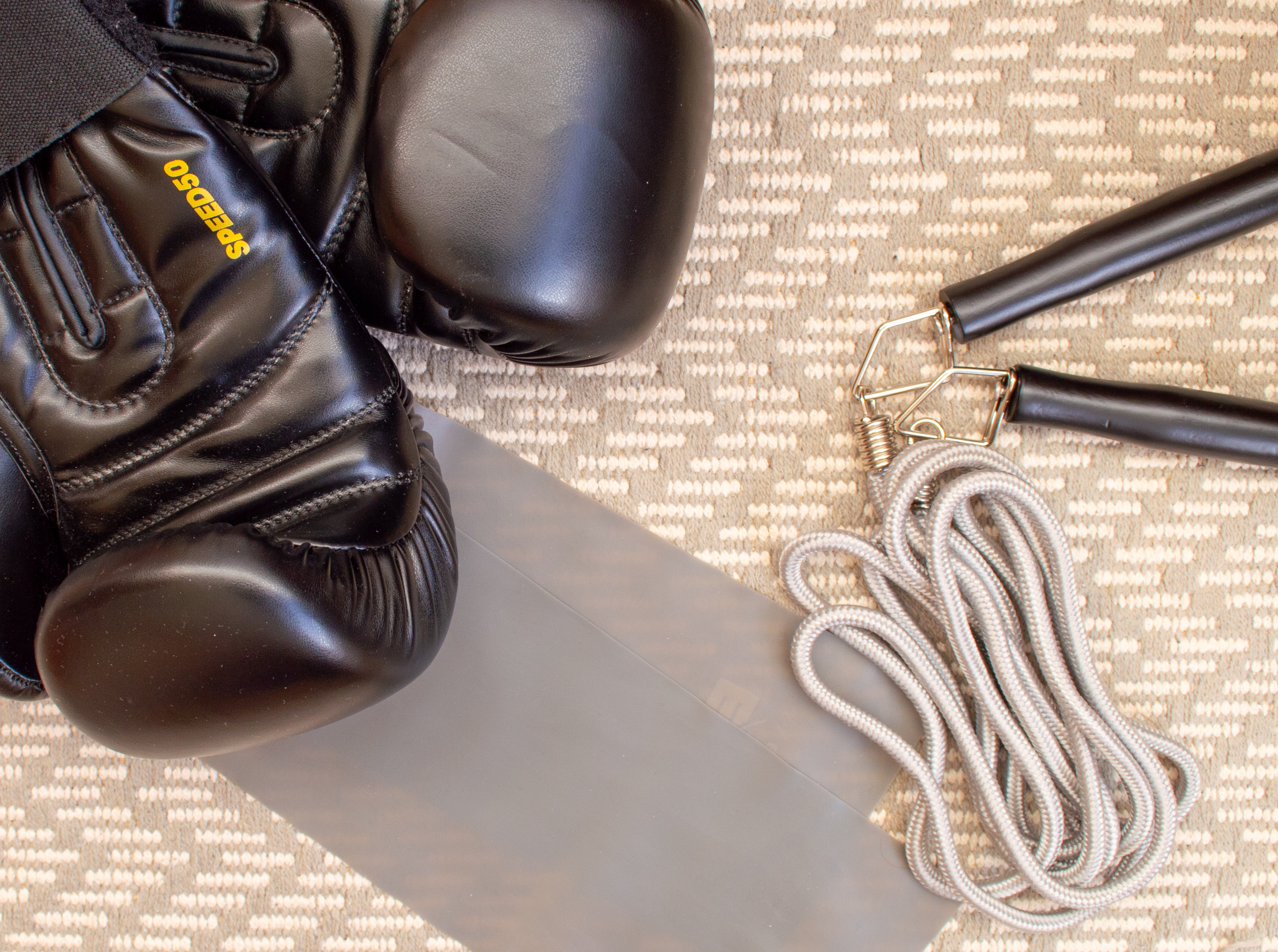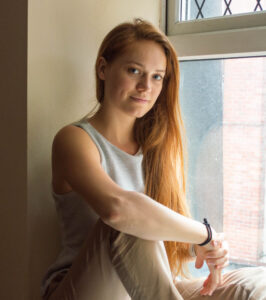Your fitness journey can feel overwhelming at first and even if you’re motivated to do so, you don’t even know how to start working out.
Here is a short recap of what you should know and how to actually get going. Note that I’m just a regular person making my way through the fitness world.

What you should know to start working out
First, you should know that it’s not rocket science and you are going to figure it all out.
There are many ways to workout, not everything has to happen in a gym if you don’t feel like it. Just get your body moving, that’s really all it comes down to.
Any team sport is a workout that can be fun and enjoyable.
Walking is also a good workout, and so is running, but you don’t have to like running to enjoy working out. You can swim or dance or do some yoga, etc.
You can easily get started with some home workouts and get results with it.
A good workout routine includes some combination of cardio and strength.
Cardio
Cardio gets your heart rate high, you break a sweat and are likely to burn a lot of calories but that’s not enough on its own.
Low-intensity cardio, meaning you get to 50-70% of your maximum heart rate for 10 to 60 minutes, is walking or running slowly.
In opposition, a high-intensity workout gets you to 70-90% of your maximum heart rate.
Figuring out your maximum heart rate is easy, it’s 220 minus your age. If you’re 25, your maximum heart rate is 220-25 = 195 heartbeats per minute.
Strength
To complete your workout routine, you need to build strength. That’s usually done with weights but you can easily get started with bodyweight and make your way to those dumbbells later.
To build strength, you need to learn a few exercises for each muscle group.
Those muscle groups are often divided as followed:
- Lower body:
- Legs:
- Quads (the upper half of your leg)
- Calves (the lower half of your leg)
- Glutes (AKA butt)
- Legs:
- Upper body:
- Abs (upper, lower, and obliques)
- Chest
- Arm (biceps and triceps)
- Back
It sounds like a lot but it’s really not. Now that you know each area to focus on, you can learn 2 or 3 movements for each and build workouts à la carte.
For example, the famous push up is an arm workout that also uses abs.
If you want to focus on one specific area of your body during a home workout, google “exercises for abs at home” and so on.
How to build a workout
You can start by stretching to prevent injury and then warm up to get your heart rate going.
Choose which muscles you want to focus on that day and pick a few exercises.
A workout can be limited in reps or in time.
For example, you can tell yourself that you’ll be doing exercise A for one minute, then exercise B for one minute and then rest for 30 seconds. And then you repeat it for as many times as you plan.
Alternatively, you can say that you’ll be doing exercise A 30 times before moving on to exercise B for 30 reps and then taking a 30-second break.
Time vs reps can complement each other, or one might work better for you than the other one.
For example, you might prefer using time as a measure so you don’t have to keep count and get lost.
Personally, I prefer reps as I tend to cheat and go slow if I know I’m only waiting for the timer to go off. Do what works for you.
Additional resources to start working out
Following someone else’s plan is less intimidating in the beginning or if you’re not very inspired to build your workout on a certain day.
If you want to try some bodyweight workout, you can check out Sarah’s Day on YouTube, I love her energy and she explains everything well.
To mix things up, you can also try some yoga following Yoga with Adriene, she has lots of 30-day yoga challenges, they are simply perfect to get started. The first few days are always on the longer side but they get shorter as you go. It’s a great initiation to yoga.
Make sure to check out my post about how to enjoy your workout routine.


